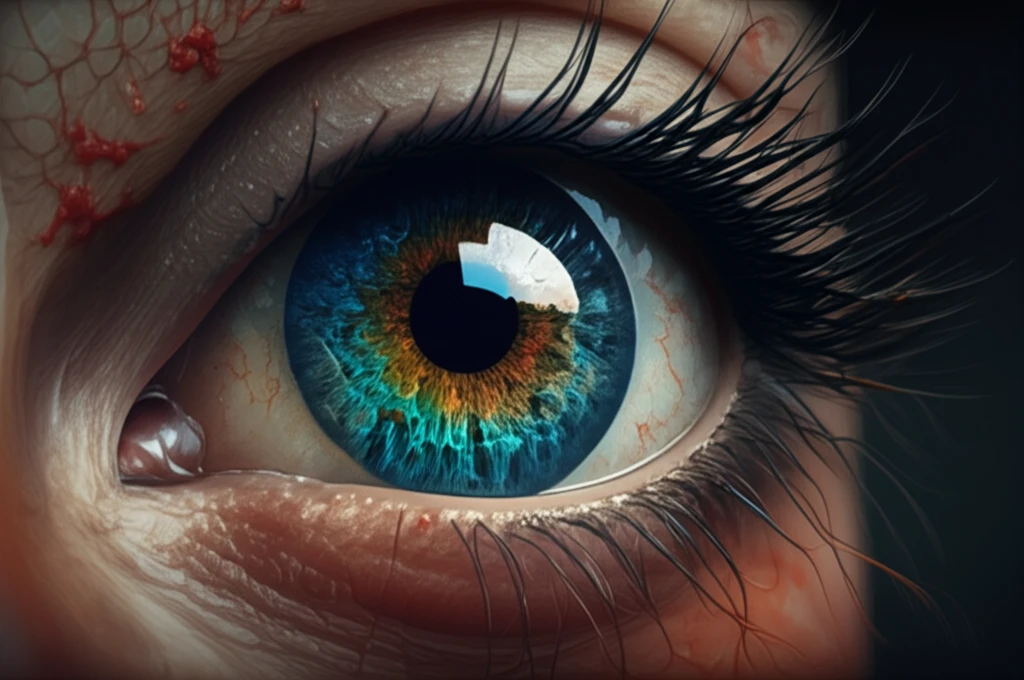
Spotting Diabetes Early: A Guide to Understanding Diabetic Retinopathy
"Learn how new technology using LBP and SVM is helping detect diabetic retinopathy early, preserving sight and improving lives."
Diabetic retinopathy (DR) is the most recurrent cause of new cases of blindness among adults aged 20-74 years. It is a systemic disease which affects up to 80 percent of almost all persons who have had diabetes for 10 years or more. DR is considered as one of the major causes of blindness in almost all developed countries. But Diabetic Retinopathy is in-emblematic in its beginning stage; diabetic patients do not undertake any eye diagnosis, which leads to blindness.
Early and reliable diagnosis can significantly slow the progression of DR. Recent research focuses on developing advanced techniques for detecting retinal lesions, which are indicative of the disease, allowing for timely intervention and management.
These lesions include microaneurysms, hemorrhages, and hard exudates. Due to the swelling of very small capillary vessels in the retina micro aneurysm are caused. To diagnose the diabetic retinopathy ophthalmologists usually analyze these lesions. Hemorrhages are situated in the middle layer of the retina. Abnormal bleeding of the blood vessels in the retina is called retinal hemorrhage. Exudates are lipid residues of serous leakage from damaged capillaries. Hard exudates are shiny pale white or yellow sharp edged features.
Multi-Scale LBP and SVM Classification

Researchers have introduced a method employing Multi-scale Local Binary Pattern (LBP) feature extraction and Support Vector Machine (SVM) classification to enhance the detection of DR. This technique begins with preprocessing the Region of Interest (ROI) to focus on the Optic Nerve Head (ONH).
- Enhances early detection of lesions.
- Provides detailed retinal image analysis.
- Offers potential for broader application in rural health.
Looking Ahead
The application of multi-scale LBP features represents a significant advancement in the early detection of diabetic retinopathy. By enhancing the precision and speed of lesion identification, this technique holds the potential to transform how DR is managed. As technology evolves, integrating such innovative approaches into routine clinical practice may significantly reduce the incidence of diabetes-related blindness, ensuring better outcomes for at-risk populations.
